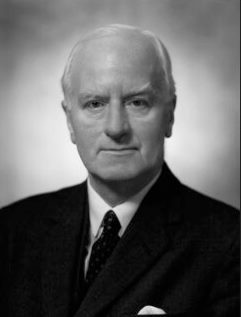The choir sang the Sanctus, Benedictus and Agnus Dei from the setting.
Herbert Whitton Sumsion (14.1.1899 - 11.8.1995) was an English musician and organist at Gloucester Cathedral from 1928 -1967. As a major figure is the Three Choirs festival he had links with the major 20th century composers. Although known primarily as a cathedral organist, his work was far ranging.
Give Us The Wings Of Faith Ernest Bullock Text Issac Watts
Sir Ernest Bullock (1890- 1979) was an English organist, composer and teacher. He was born in Wigan, Lancashire and joined the local church choir as a small boy. Both his parents died when he was still a boy and the organist there, Edward Bairstow, under took his education, taking him as an articled pupil. He went to the local Grammar School. In 1906, Bairstow moved to Leeds and took Ernest along with his own three children. As a non residential student, he qualified with a degree in Music from Durham University in 1908 and obtained a Doctor of Music in 1914. He qualified in 1909 as a fellow of the Royal College of Organists.
In 1928 he became organist and master of the choristers at Westminster Abbey where he stayed until 1941 having involvement musically in the coronation of King George VI. In 1941 he moved to Scotland, as Professor of Music in Glasgow. He is noted for his church music and in particular his anthems.
 |
| Sir Ernest Bullock from Wikipedia |
 |
| Issac Watts from hymntime.com |
No comments:
Post a Comment